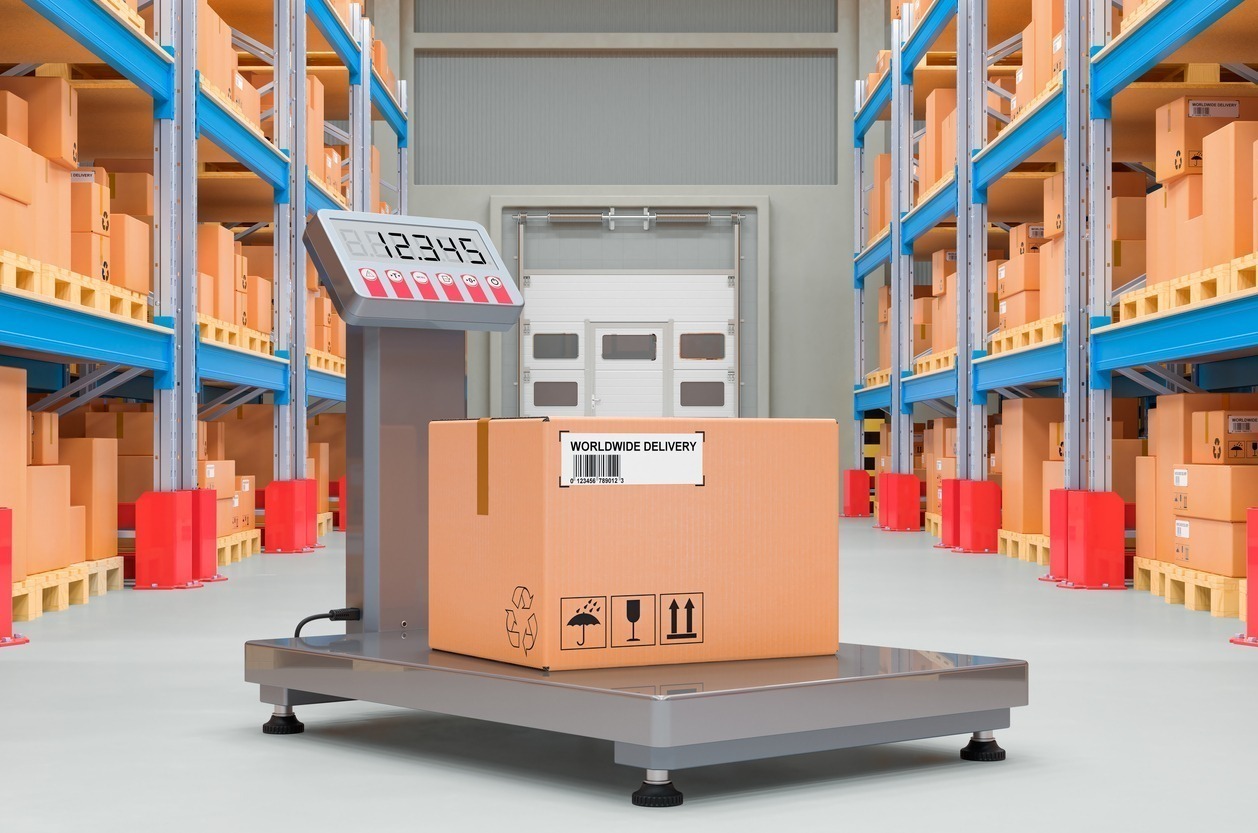In the business of eCommerce, few details are as crucial to get right as shipping rates. But without absolutely accurate dimension and weight information, you may be paying too much or charging customers too little. Keep reading to see how volumetric weight can unlock more accurate rates and improve margins.
What is Volumetric Weight?
Volumetric weight is a specific shipping measurement that determines the density of a package by incorporating both dimensions and weight. Also called “dimensional weight,” the number comes from a simple volumetric weight calculation formula: take the volume of a package, then divide it by a “dimensional divisor.”
(Dim 1 x Dim 2 x Dim 3) Volumetric divisor = Volumetric Weight
The industry standard dimensional divisor (sometimes called a volumetric divisor) is 139, but some carriers use different formulas.
- UPS: 139 for daily rates and 166 for retail rates
- FedEx: 139
- USPS: 166 for Priority Mail, Priority Mail Express, and Non-Lightweight Parcel Select. Currently, DIM Weight applies to Priority Mail packages 1 cubic foot or larger shipping to zones 5-9.
That number is compared to the package’s actual weight. Whichever number is higher is used as the billable weight.
Volumetric Weight Comparison Table
| Carrier | Volumetric Divisor | Applicable Services | DIM Weight Calculation |
| UPS | 139 (daily rates) | All services | (Dim 1 x Dim 2 x Dim 3) / 139 |
| UPS | 166 (retail rates) | All services | (Dim 1 x Dim 2 x Dim 3) / 166 |
| FedEx | 139 | All services | (Dim 1 x Dim 2 x Dim 3) / 139 |
| USPS | 166 (Priority Mail, Priority Mail Express, Non-Lightweight Parcel Select) | Priority Mail packages 1 cubic foot or larger shipping to zones 5-9 | (Dim 1 x Dim 2 x Dim 3) / 166 |
An 11 in x 8 in x 9 in package has an Actual Weight of 4 lbs. But it would actually be rated on its Dimensional Weight of 6 lbs. We find this number by calculating: ((11 x 8 x 9)/139 = 5.7 rounded up = 6).
Why Does Volumetric Weight Matter?
Most importantly, you need to know the volumetric weight of your packages so you can charge customers the correct rates. Your carriers are already using volumetric calculations to determine transport costs. Because of this, you need to be aware of them as you build them into your shipping strategy and pass them on to buyers.
High-Density Items: If you regularly ship small but high-density items, you may not be too affected by dimensional or volumetric weight.
Example: A textbook retailer ships out a single book. The book’s dimensions are
10 x 12 x 3, and its dead weight is 8 lbs. To find its dimensional weight, we calculate:
(10 x 12 x 3) 139 = 2.58 lbs.
While its volumetric weight is less than its actual weight, carriers will charge the greater of the two, returning a rate based on dead weight.
Low-Density Packages: If you regularly ship low-density items, you may be surprised by how much dimensional rating is actually costing you, even though it might seem like they’d ship at a lower cost. To compensate for lost space on low-density items, carriers must charge appropriately to remain profitable. They use the dimensional weight to account for the space taken up by large items, which could potentially be used to carry heavier, more cost-efficient shipments.
Example: A commercial foam retailer needs to ship three XL bags of bean bag filling to a customer. The bags go in a box that measures 24 x 24 x 24 and weighs 5 lbs.
(24 x 24 x 24) 139 = 8.2 lbs
Its DIM weight calculations show a volumetric weight of 8.2 lbs., higher than the actual weight. The carrier will rate based on the volumetric calculation to subsidize the cost of carrying a large, low-density item.
Making the Most of Volumetric Weight
While it may seem like an unwelcome facet of the shipping world, you can use volumetric shipping to your advantage by maximizing shipping efficiency.
- Efficient Packaging – Using the smallest possible box for every order is the first and most vital step in mastering the process. If you’re not already using one, you need a tool to automate the process and ensure every order goes in the correct box.
- Efficient Grouping – When shipping multiple products or orders simultaneously, you can leverage the system and create a single shipment that’s perfectly balanced in weight and dimensions. Pairing lower and higher-density items together can minimize any potential losses caused by volumetric weight rating. This is especially effective if you’re making large LTL freight shipments where many products are packed together.

ShipperHQ’s Dimensional Packing Feature
If you’re struggling with dimensional or volumetric weight calculations, it’s time to find a solution to automate the process. Our full-featured shipping management platform has a built-in feature to help with efficiency in packing and rating.
When you integrate your store with ShipperHQ, your orders will automatically be rated and packaged most efficiently. This way, you’re less likely to ship orders in oversized boxes. You’ll also have full transparency into the dimensional weight of your shipments, reducing the chance you’ll be charged more than expected for a shipment.
Because most e-commerce platforms don’t have dimensional rating capability built-in, retailers need solutions like ShipperHQ to master the complex requirements of business shipping. See how our intelligent shipping logic can transform your shipping experience – and your store – starting today.
Find a full rundown on dimensional shipping, and get started with a free 15-day trial today.
FAQs About Volumetric Weight
How to use volumetric weight as an advantage to maximize shipping efficiency?
Using efficient packaging techniques, you can use volumetric weight to maximize shipping efficiency. By using the smallest possible box for every order and automating the packing process, you can reduce wasted space and minimize the impact of volumetric weight on shipping costs.
How does volumetric weight impact return shipping and reverse logistics costs?
Volumetric weight can impact return shipping and change logistics costs by increasing the overall weight of the package, which in turn affects the shipping rates. When processing returns or managing reverse logistics, it’s essential to consider the volumetric weight to calculate shipping costs and make informed decisions accurately.
How does volumetric weight affect international shipping as compared to domestic shipping?
Volumetric weight calculations generally apply to both international and domestic shipping. However, international shipping may involve additional factors such as customs regulations, duties, and taxes. It’s vital to consider volumetric weight when shipping internationally to ensure accurate pricing and avoid unexpected costs.
Are there any exceptions or special cases in which volumetric weight is not applied?
Some carriers may have specific exceptions or limitations regarding applying volumetric weight. For example, certain small or lightweight packages may be exempt from volumetric weight calculations. It’s important to check with your specific carrier or shipping provider for any exceptions or special cases.
How can you save on shipping bulky items?
To save on shipping bulky items, you can utilize efficient packaging techniques such as choosing the right-sized box and optimizing the arrangement of items within the package. By minimizing wasted space and reducing the overall dimensions of the package, you can potentially lower the impact of volumetric weight on shipping costs.
Exploring alternative shipping methods or negotiating special rates with carriers for bulky items can also help reduce shipping expenses.






